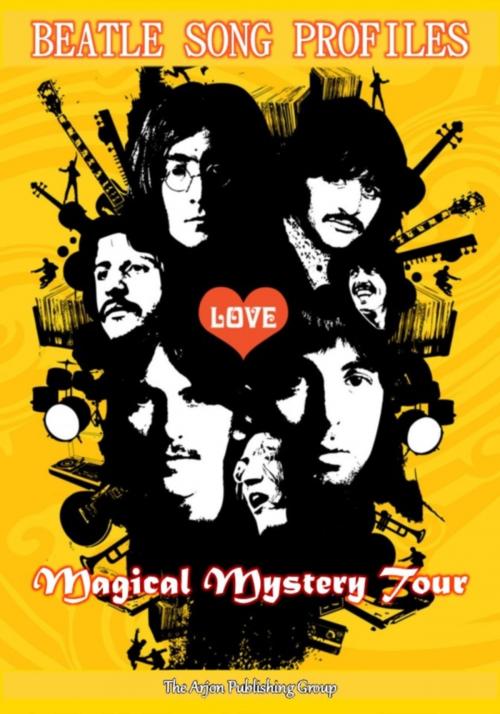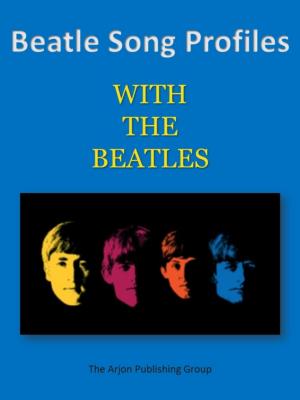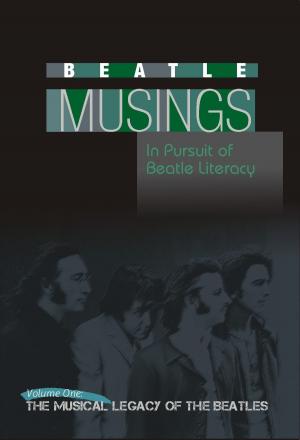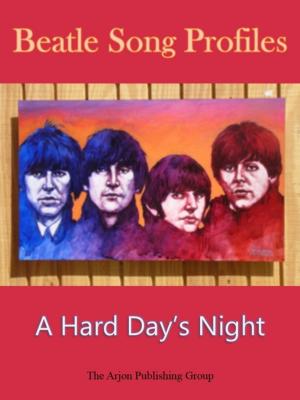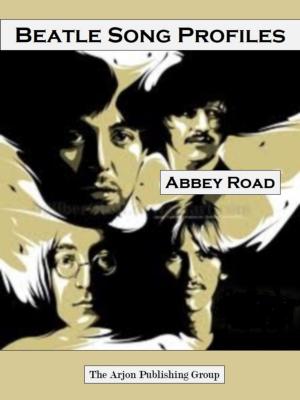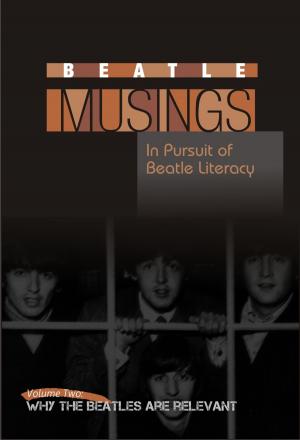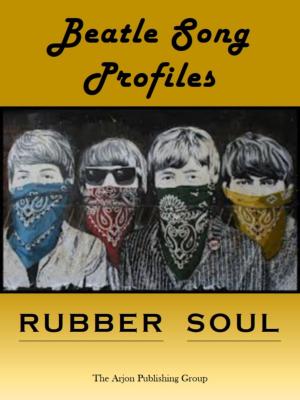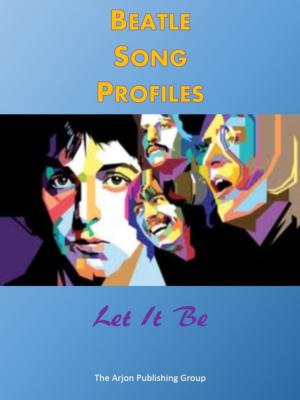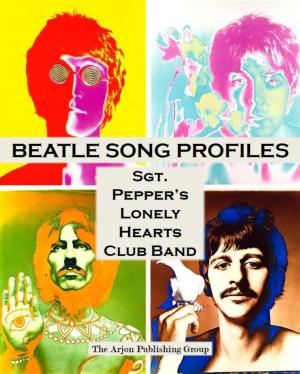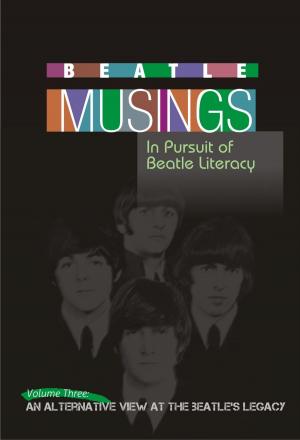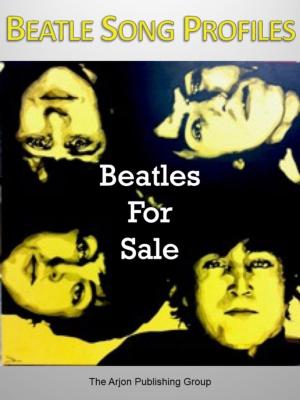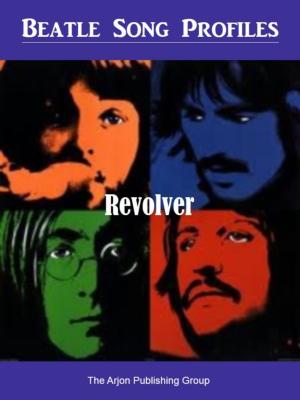Beatle Song Profiles: Magical Mystery Tour (and assorted singles)
Nonfiction, Entertainment, Music, Pop & Rock, Popular, Music Styles, Rock| Author: | Joel Benjamin | ISBN: | 9789657570234 |
| Publisher: | Arjon Publishing | Publication: | August 17, 2012 |
| Imprint: | Language: | English |
| Author: | Joel Benjamin |
| ISBN: | 9789657570234 |
| Publisher: | Arjon Publishing |
| Publication: | August 17, 2012 |
| Imprint: | |
| Language: | English |
Beatle Song Profiles:
Magical Mystery Tour (and assorted singles)
Each of the 11 songs from Magical Mystery Tour and an additional seven singles that were released around this time period but did not appear on any album, are “profiled” in this volume of Beatle Song Profiles.
Beatle Song Profiles are concise commentaries on every Beatle song. The song profiles describe the song’s origins and inspiration, what The Beatles themselves said about it, what was unique about the music and/or production of the arrangement or vocals, and the deeper meaning of the lyrics.
Beatle Song Profiles is a unique educational tool to enable readers to learn about every song on all 12 albums The Beatles recorded.
Sample song profile from Magical Mystery Tour
Penny Lane
Penny Lane is a reference to the Penny Lane Bus Station next to “the shelter in the middle of the roundabout” in Liverpool were the young Beatles used to meet.
In classic Beatles fashion, Lennon and McCartney couldn’t resist undercutting their principal thematics, counterpoising the song’s seemingly innocent bliss with the tawdry comedy of human experience.
Paul said:
“We put in a joke or two: ‘Four of fish and finger pie.’ The women would never dare say that, except to themselves. Most people wouldn’t hear it, but ‘finger pie’ is just a nice little joke for the Liverpool lads who like a bit of smut.”
The brightness of the melody is echoed by the treble timbres- upper woodwinds, piccolo trumphets, high bass guitar, and treble-dominant voice.
It was George Martin’s idea on Penny Lane to feature a piccolo trumpet solo. McCartney hummed the melody he wanted, and Martin wrote it down in music notation for David Mason, the classically trained trumpete who played it.
McCartney was imitating Bach’s second Brandenburg Concerto which he had heard Mason play it on TV. Martin would later remark:
“It is true that I arranged it, but…if I had been left to myself, I honestly do not think I would have written such good notes as Paul did.”
Another aspect of the recording is the tell-tale signs of having been recorded with the tape running slow, in order to sound faster (not to mention “higher”) on playback; the most noticeable being the unnaturally fast vibrato in Paul’s voice.
Penny Lane is seemingly naturalistic yet the lyric scene is actually kaleidoscopic. As well as raining and shining at the same time, it is simultaneously summer and winter.
In both a musical and a verbal way, the track comes out as childishly merry yet dreamily wild at the same time. It asks what, among our childhood memories, is reality and what is illusion. In fact, this this question personifies the latter years of the Beatles’ own musical journey.
Says Tim Riley:
“In the crystallized setting of Penny Lane, everything is idyllic and precious. From the initial bass flutter to the distant flutes, everything in the song coalesces into a hazy tingle that speaks to the innocent in everybody- it’s as perfect as pop gets. The Victorian dance hall overtones make it categorically British, combining an old-world flavour with the modernity of Ringo’s cushioned backbeat.”
Beatle Song Profiles:
Magical Mystery Tour (and assorted singles)
Each of the 11 songs from Magical Mystery Tour and an additional seven singles that were released around this time period but did not appear on any album, are “profiled” in this volume of Beatle Song Profiles.
Beatle Song Profiles are concise commentaries on every Beatle song. The song profiles describe the song’s origins and inspiration, what The Beatles themselves said about it, what was unique about the music and/or production of the arrangement or vocals, and the deeper meaning of the lyrics.
Beatle Song Profiles is a unique educational tool to enable readers to learn about every song on all 12 albums The Beatles recorded.
Sample song profile from Magical Mystery Tour
Penny Lane
Penny Lane is a reference to the Penny Lane Bus Station next to “the shelter in the middle of the roundabout” in Liverpool were the young Beatles used to meet.
In classic Beatles fashion, Lennon and McCartney couldn’t resist undercutting their principal thematics, counterpoising the song’s seemingly innocent bliss with the tawdry comedy of human experience.
Paul said:
“We put in a joke or two: ‘Four of fish and finger pie.’ The women would never dare say that, except to themselves. Most people wouldn’t hear it, but ‘finger pie’ is just a nice little joke for the Liverpool lads who like a bit of smut.”
The brightness of the melody is echoed by the treble timbres- upper woodwinds, piccolo trumphets, high bass guitar, and treble-dominant voice.
It was George Martin’s idea on Penny Lane to feature a piccolo trumpet solo. McCartney hummed the melody he wanted, and Martin wrote it down in music notation for David Mason, the classically trained trumpete who played it.
McCartney was imitating Bach’s second Brandenburg Concerto which he had heard Mason play it on TV. Martin would later remark:
“It is true that I arranged it, but…if I had been left to myself, I honestly do not think I would have written such good notes as Paul did.”
Another aspect of the recording is the tell-tale signs of having been recorded with the tape running slow, in order to sound faster (not to mention “higher”) on playback; the most noticeable being the unnaturally fast vibrato in Paul’s voice.
Penny Lane is seemingly naturalistic yet the lyric scene is actually kaleidoscopic. As well as raining and shining at the same time, it is simultaneously summer and winter.
In both a musical and a verbal way, the track comes out as childishly merry yet dreamily wild at the same time. It asks what, among our childhood memories, is reality and what is illusion. In fact, this this question personifies the latter years of the Beatles’ own musical journey.
Says Tim Riley:
“In the crystallized setting of Penny Lane, everything is idyllic and precious. From the initial bass flutter to the distant flutes, everything in the song coalesces into a hazy tingle that speaks to the innocent in everybody- it’s as perfect as pop gets. The Victorian dance hall overtones make it categorically British, combining an old-world flavour with the modernity of Ringo’s cushioned backbeat.”
